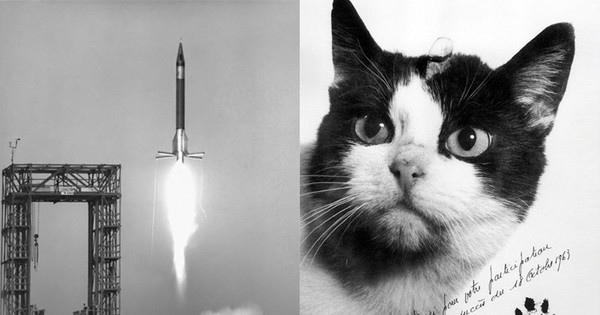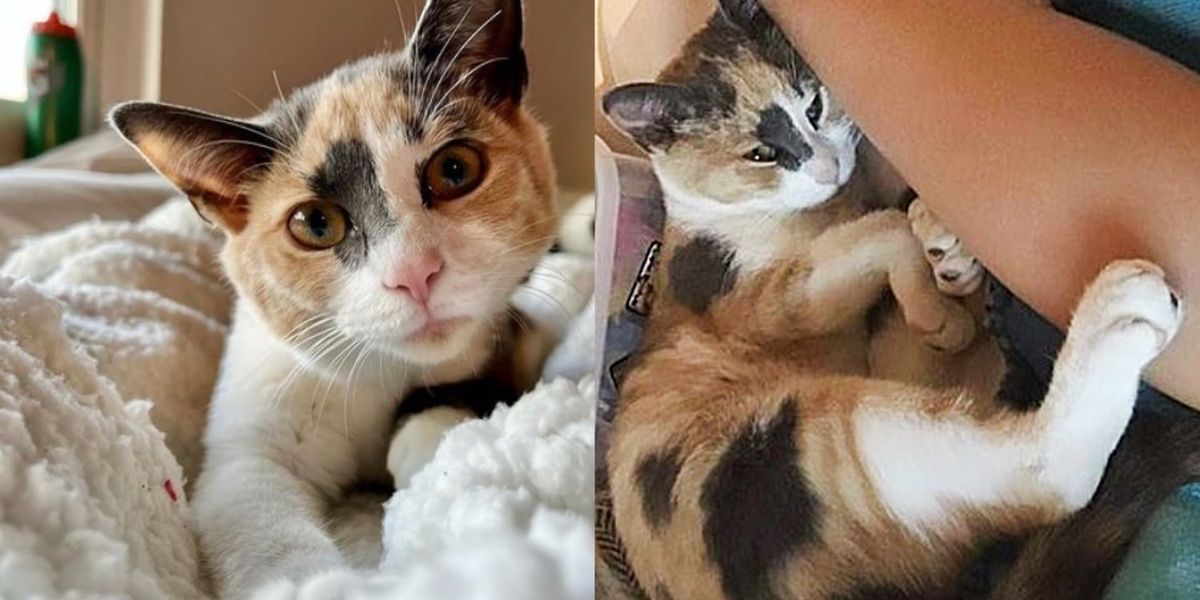Maleo is a large bird, only found in Sulawesi – the 4th largest island in Indonesia and the 11th largest in the world.
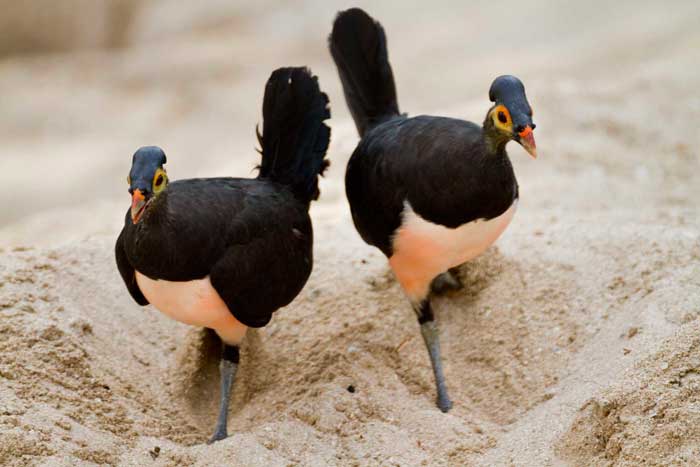
Unlike many other birds, Maleos do not use their body heat to incubate their eggs, but instead “use” natural factors.
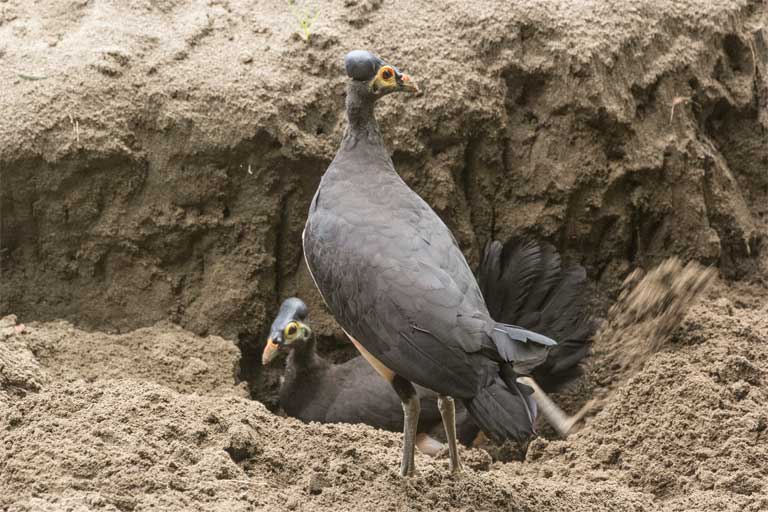
Although living in mountainous areas, Maleo’s nests are made in sandy soils, soil near volcanoes or on beaches with lots of sunlight to get heat from the soil and sunlight to incubate eggs.
Even the way Maleo builds his nest clearly shows the “intelligence” of this bird. The parent pair uses their feet to dig a deep hole in the nesting area. The female bird will then lay her eggs in the hole, then cover the eggs with sand to let the Sun or volcano heat it up.

However, this bird does not have to dig holes to nest in a chaotic manner. They also have the ability to detect the temperature of sand or soil samples by continuously “tasting” them with their mouths.
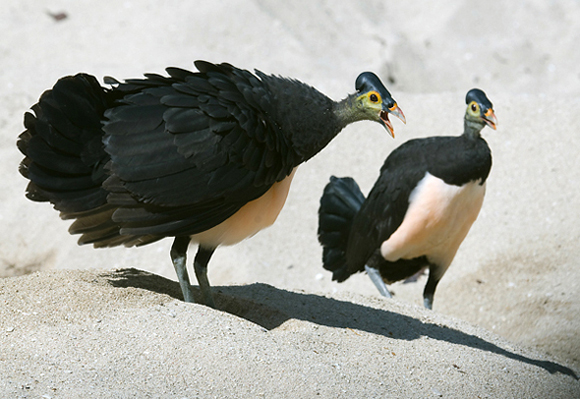
Studies show that if they discover the ground has a temperature of about 33 degrees Celsius, they will stop digging and let the females lay eggs. Eggs are also arranged vertically in the hole.

Arranging the eggs like this allows after the eggs hatch, the chicks can easily crawl through the sand and run into the forest. They can fly and live completely independently, finding their own food and protecting themselves from predators such as lizards, pythons, pigs and wild cats.

About 2-3 months later, the parent pair returns to the old nest to rebuild the nest and continue to lay eggs here. The process of digging a nest, laying eggs, covering the eggs and discarding them repeats in each pair of parents at the same nesting site dozens of times.

Maleo bird eggs are nearly 5 times larger than farmed chicken eggs. Currently Maleo is listed as one of the endangered species. To protect this bird, Indonesia has established a conservation area and hired villagers to take care of the Maleo bird.
